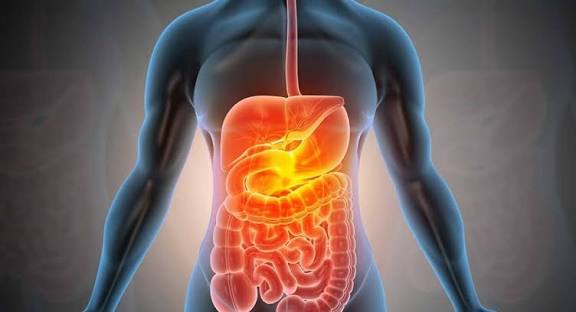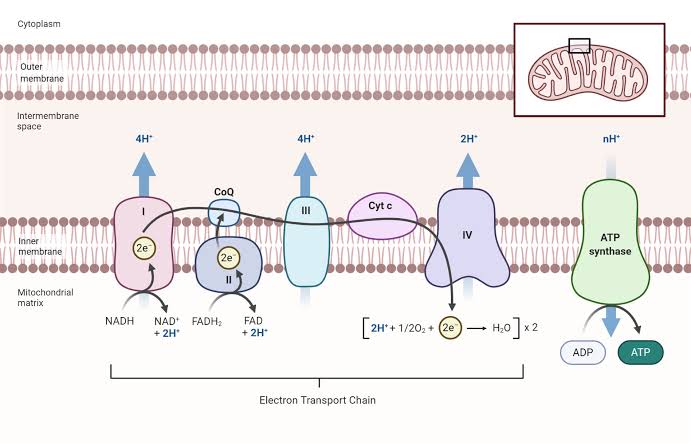
Definition of Menarche
Menarche is defined as the first menstrual cycle or the first instance of menstrual bleeding in female humans. It is a significant milestone in female puberty, marking the onset of fertility. Typically, menarche occurs between the ages of 9 and 14, with an average age of around 12 years in many Western countries. This event signifies that a girl has reached a stage in her development where she can potentially conceive.
Biochemical Changes Associated with Menarche
The biochemical changes associated with menarche are primarily driven by hormonal fluctuations and physiological developments that occur during puberty. These changes include:
- Body Fat Percentage: A sufficient body fat percentage (typically around 17% of total body mass) is necessary for menarche to occur. This fat is crucial for the production of estrogen, which plays a key role in regulating the menstrual cycle.
- GnRH Pulse Generator Activation: The hypothalamus disinhibits the Gonadotropin-Releasing Hormone (GnRH) pulse generator, leading to increased secretion of GnRH. This hormone stimulates the pituitary gland to release follicle-stimulating hormone (FSH) and luteinizing hormone (LH), which are essential for ovarian function.
- Estrogen Secretion: In response to FSH and LH from the pituitary gland, the ovaries begin secreting estrogen. Estrogen is responsible for stimulating various physical changes associated with puberty, including breast development, growth of the uterus, and changes in body composition.
- Endometrial Growth: Estrogen promotes growth and vascularization of the endometrium (the lining of the uterus). This prepares the uterus for potential implantation should fertilization occur.
- Menstrual Flow Initiation: Fluctuations in hormone levels lead to changes in blood supply to parts of the endometrium, resulting in deciduation—a process where some endometrial tissue dies off due to inadequate blood supply. This tissue is shed during menstruation as menstrual flow.
Effects of Hormones
Hormones play a critical role during menarche and throughout the menstrual cycle:
- Estrogen: As mentioned earlier, estrogen is crucial for developing secondary sexual characteristics and regulating reproductive functions. It stimulates breast development, increases pelvic width, and promotes endometrial growth.
- Progesterone: After ovulation occurs (which may not happen immediately after menarche), progesterone levels rise due to secretion from the corpus luteum formed from the ruptured follicle. Progesterone prepares the endometrium for potential pregnancy by making it more receptive to an embryo.
- Follicle-Stimulating Hormone (FSH): FSH stimulates ovarian follicles’ growth and maturation, leading to ovulation—the release of an egg from one of these follicles.
- Luteinizing Hormone (LH): LH triggers ovulation and supports corpus luteum formation after ovulation occurs; it also plays a role in regulating menstrual cycles.
These hormonal interactions are essential not only for initiating menarche but also for establishing regular menstrual cycles as girls transition into adulthood.







